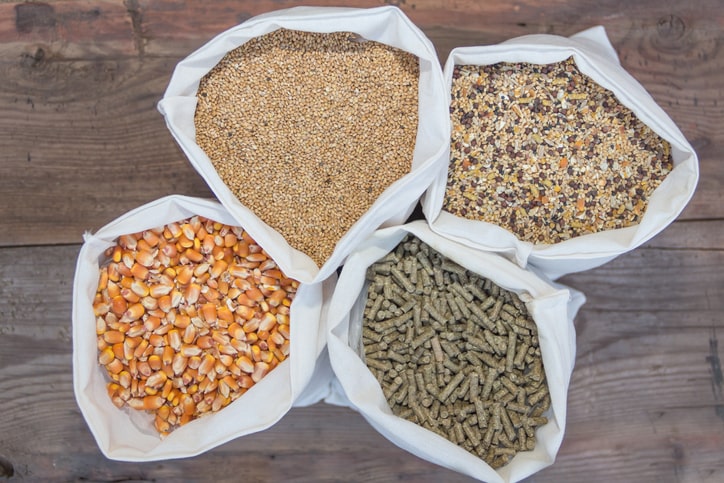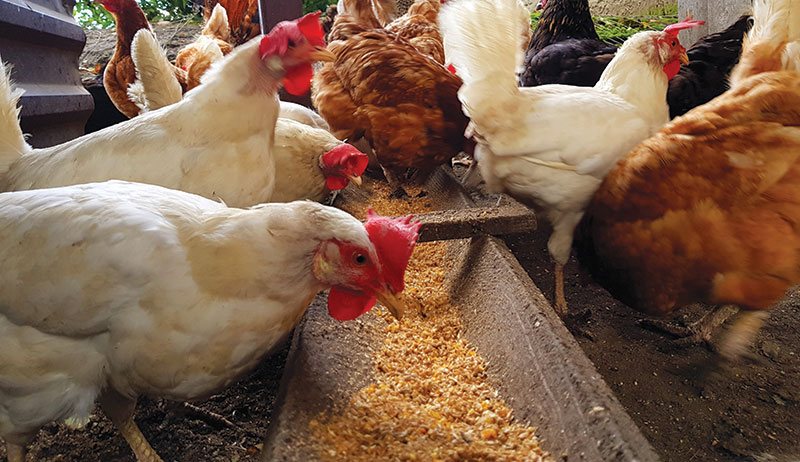Poultry enthusiasts around the world are constantly seeking ways to ensure the health and productivity of their laying hens. One of the most effective methods is crafting your own chicken feed. This guide on how to make chicken feed for layers is here to provide you with a comprehensive look into this enriching and rewarding process. Crafting your own chicken feed not only gives you control over the ingredients but also ensures your flock gets the necessary nutrients for optimal health and egg production.

Understanding Nutritional Needs
Before diving into the specifics of how to make chicken feed for layers, its essential to understand the nutritional needs of your layers. Proper nutrition impacts egg production, egg quality, and the overall health of your chickens. Layers require a balance of proteins, carbohydrates, fats, vitamins, and minerals.
Proteins
Proteins are critical for egg production as they make up the majority of the eggs mass. Soybean meal, fishmeal, and alfalfa are excellent sources of protein. Chickens generally need between 16-18% protein in their diet.
Carbohydrates
Carbohydrates provide energy, essential for daily activities and overall health. Grains like corn and wheat are common carbohydrate sources in chicken feed.
Fats
Fats are necessary in smaller quantities. They help in the absorption of fat-soluble vitamins and provide a concentrated energy source. Vegetable oils and animal fats are typical inclusions.
Vitamins and Minerals
Vitamins and minerals are vital for metabolic functions, bone health, and overall vitality. Calcium is particularly important for layers, as it is crucial for strong eggshells. Limestone and oyster shell are common calcium sources.

Ingredients for Homemade Chicken Feed
Now that you understand the nutritional needs, lets look at some common ingredients used in homemade chicken feed:
- Grains (corn, wheat, barley)
- Protein meals (soybean meal, fishmeal)
- Mineral supplements (limestone, oyster shell)
- Vitamins (vitamin premix)

Step-by-Step Guide: How To Make Chicken Feed For Layers
Here is a step-by-step guide on how to make chicken feed for layers effectively:
1. Gather Ingredients
Start by gathering all necessary ingredients. Ensure you have a mix of grains, protein meals, and mineral supplements.
2. Measure Ingredients
Precise measurements are crucial. A typical recipe might include:
- 60% grains
- 20% protein meals
- 10% calcium sources
- 10% vitamins and other minerals
3. Mix Thoroughly
Use a large container or feed mixer to blend all ingredients evenly.
4. Store Properly
Store your homemade feed in a cool, dry place to maintain its nutritional quality.

Benefits of Making Your Own Chicken Feed
There are numerous benefits to making your own chicken feed:
- Control over ingredients ensures high nutritional value.
- Potentially more cost-effective in the long run.
- Customizable to your flock’s specific needs.
- Reduced reliance on commercial feeds.
Common Challenges and Solutions
While making your own chicken feed is highly rewarding, it does come with some challenges:
Ensuring Balance
Creating a well-balanced feed requires careful calculation and understanding of nutritional needs.
Ingredient Availability
Sometimes, sourcing high-quality ingredients can be challenging. Buying in bulk and establishing a reliable supplier can mitigate this issue.
Storage Concerns
Proper storage is essential to prevent spoilage and maintain nutrients. Use airtight containers and a moisture-free environment.
Frequently Asked Questions (FAQs)
What is the best protein source for laying hens?
Soybean meal and fishmeal are excellent protein sources, providing necessary amino acids for egg production.
How much feed does a laying hen need daily?
On average, laying hens consume about 1/4 pound of feed per day. However, this can vary based on the hen’s size and productivity.
Can I use kitchen scraps in homemade chicken feed?
Yes, kitchen scraps can supplement your chicken’s diet. However, ensure they are nutritious and avoid foods that are harmful to chickens.
For further details on chicken health and potential diseases, check out this informative article on Marek’s Disease in Chickens.
Additional Resources
As an Amazon Associate, I earn from qualifying purchases.









